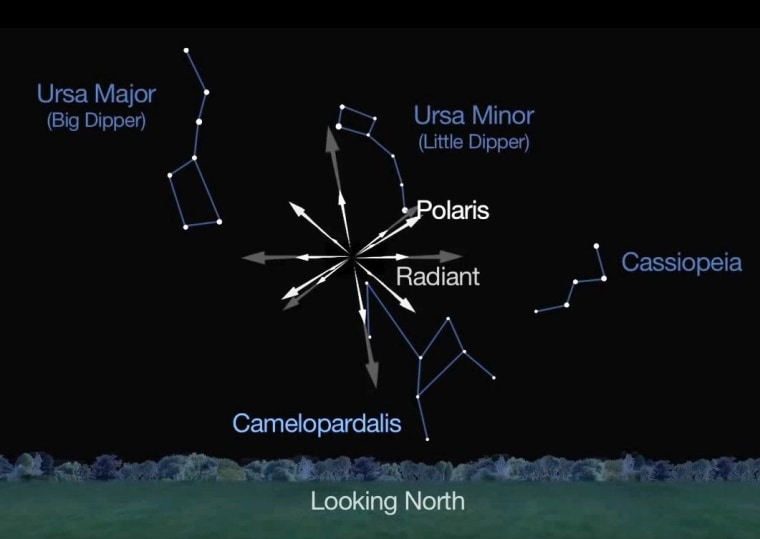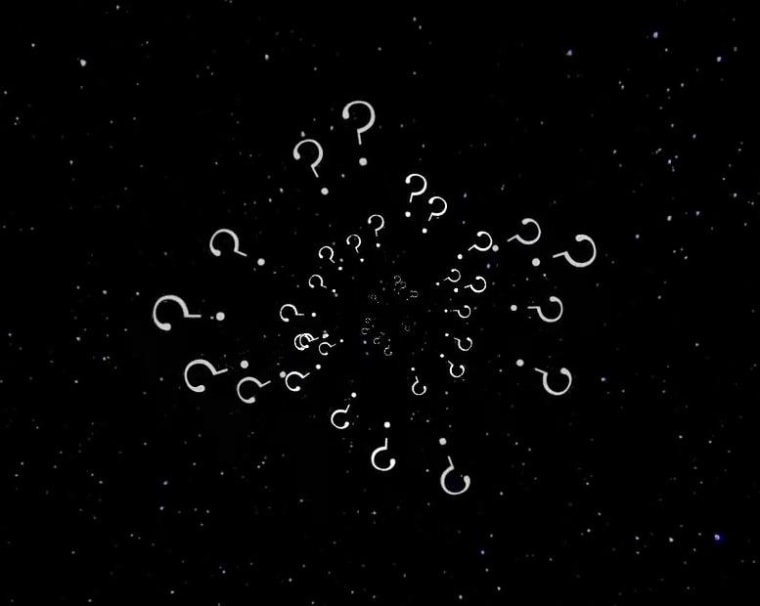Skywatchers have something exciting to look forward to this month — a possible new meteor shower that could send up to 1,000 shooting stars per hour streaking through the sky.
On May 23 and May 24, Earth should plow through debris shed by Comet 209P/LINEAR, astronomers say. These extraterrestrial particles could give stargazers an incredible show as they burn up in the planet's atmosphere. But there's also a chance that the fireworks will fizzle.
"This potential new shower is so new that astronomers aren't sure what to expect," narrator Jane Houston Jones said in a skywatching video released by NASA's Jet Propulsion Laboratory in Pasadena, Calif., on April 30. "Predictions run from less than 100 meteors per hour up to an unlikely but possible meteor storm as high as 1,000 per hour." [Video: New Meteor Shower Could Blaze Up in May]
The shower should appear to radiate from a point near Polaris (the North Star), which lies at the end of the handle of the Little Dipper, Houston Jones added. Observers in southern Canada and the continental United States are particularly well-placed to see the meteors.
The skies should be relatively dark on the nights of May 23 and 24, with the moon waning toward its new phase.
Comet 209P/LINEAR — which was discovered in 2004 by the Lincoln Near-Earth Asteroid Research project — makes one trip around the sun every five years or so. The comet is relatively small and dim, but its debris may put on a special show thanks to orbital dynamics.

"Given the current orbit of the comet, all the [debris] trails ejected between 1803 and 1924 do fall in the Earth's path in May 2014!" Jeremie Vaubaillon, of the Institut de Mécanique Céleste et de Calcul des Éphémérides in France, told Space.com in 2012. "As a consequence, this shower might as well be a storm."
— Mike Wall, Space.com
This is a condensed version of a report from Space.com. Read the full report. Follow Mike Wall on Twitter and Google+. Follow Space.com on Twitter, Facebook or Google+. Also, check out this early preview of the "Camelids" (or should that be Camelopardalids) from 11 months ago.
